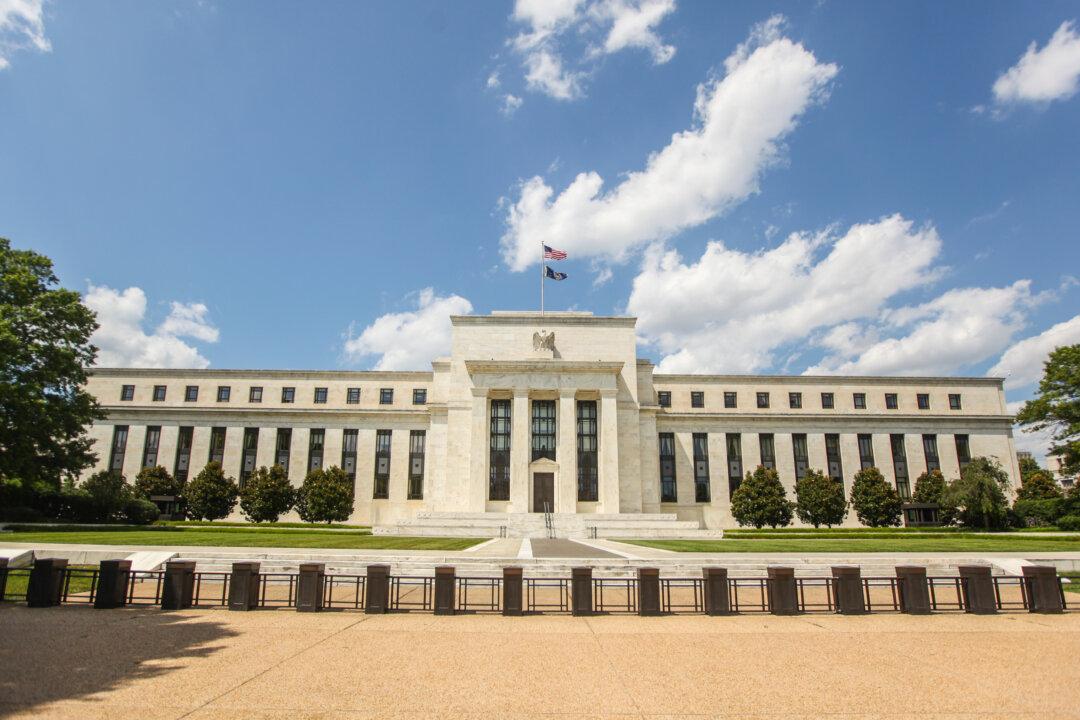Donald Trump recently hit on another very sensitive issue in U.S. politics, which doesn’t have to do with immigration: the national debt.
He told CNBC: “I would borrow, knowing that if the economy crashed, you could make a deal … And if the economy was good, it was good. So, therefore, you can’t lose.”
Many commentators thought Trump wanted to first increase borrowing and then renegotiate or default on the debt if the economy turned sour. That’s right: a default on U.S. government debt, just like Greece or Argentina. This concept is not new to creative minds on the fringes of finance, but no responsible person would even consider it in private let alone speak about it on a mainstream TV channel.
However, Trump later went on CNN to say he did not mean to explicitly default on the debt but rather buy it back at a discount should bond prices fall in the future.
“People say I want to default on debt—these people are crazy. First of all, you never have to default because you print the money, I hate to tell you, so there is never a default. It was reported in the New York Times … that I want to default on debt. You know I am the king of debt … I love debt, but debt is tricky and it’s dangerous ... But let me just tell you: if there is the chance to buy back debt at a discount, if interest rates go up and bonds go down, you can buy debt—that’s what I’m talking about.”
Can the US Pay Back Its Debt in Full?
Even though Trump reiterated he would want to default or “make a deal” to restructure the debt, he is on to something. Total U.S. federal national debt is $19.3 trillion. Can it be paid back? Theoretically, yes.
U.S. federal tax revenue is $3.3 trillion, so it would only take a bit less than six years to pay back the debt—if it was that easy. Using the whole tax revenue to pay back the debt not only means not running a deficit ($500 billion), it means no government spending at all.
Even though some people would appreciate that concept, it would nonetheless crash the economy, at least in the short term, decreasing total tax revenues and therefore making it more difficult to pay back the debt. Greece is a good example of this negative feedback loop.
In the very long run, the United States could trim its budget and allocate a small portion to reduce the debt, but paying it back in full and without severe economic effects would likely take decades. Instead, we should look at the history and trajectory of government debt and realize that the political forces keeping the government from cutting spending are just too great. So the answer in practice is no.
Is Trump’s Proposal Feasible?
Again, in theory, the answer is yes. The first condition is that Treasury debt needs to trade at a discount in the market. So if the Treasury department issued a 10-year bond at the price of 100 and it is currently trading at 50, it could go to the market, buy the bonds at 50, and retire the debt at half price. Not bad.
The market doesn’t meet this condition at the moment, however. The current 10-year Treasury Note issued in February this year is trading at 98 27/32, a small discount, but not worth buying it back for.
However, if the economic situation gets worse and people lose confidence in the U.S. ability to even service its debt or inflation suddenly spirals, the price of Treasurys will indeed go down and trade at a more substantial discount.





